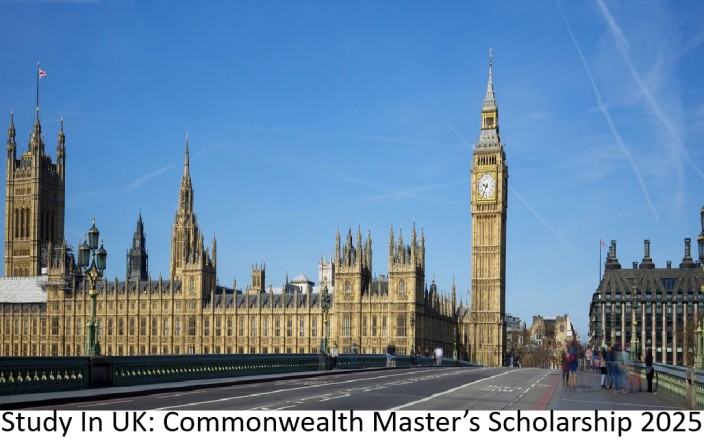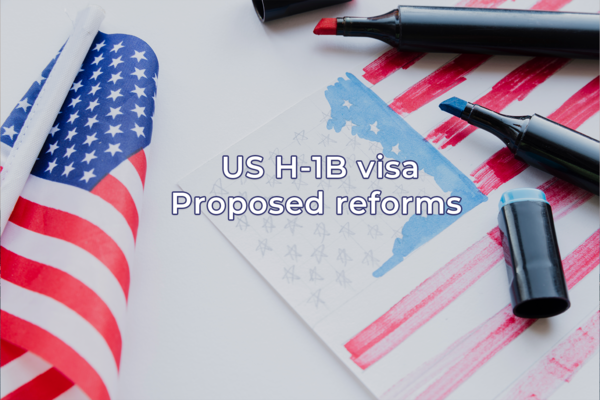Table of Contents
Introduction
A recent survey conducted by Oxford International’s Student Global Mobility Index (SGMI) has revealed interesting information about the preferences of Indian students regarding higher education abroad. Despite concerns about affordability, safety, and security, the United States continues to dominate as the top choice for a majority of Indian students.
Preference for US higher education
The survey highlights a statistic that 69% of Indian students expressed a preference for pursuing education in the United States over other destinations such as the United Kingdom, Canada, and Australia. This preference indicates the continuous appeal of American universities and the quality they offer, despite existing issues among students and their families.
Factors influencing destination choices
Quality of education and the reputation of universities are the major factors that influence the destination choices of Indian students. While 45% of students value the quality of education in the US, 42% appreciate the reputation of its universities. Similarly, in the UK, 59% of students value the quality of education, with 61% focusing on the reputation of institutions. Furthermore, the influence of parents and guardians on students’ decisions to study abroad cannot be overstated, with 71% of Indian students specifying them as the primary influencers.

Affordability and scholarships
While quality and reputation remain important, affordability also plays a role in students’ decision-making processes. Interestingly, 28% of Indian students opt for the UK due to its reasonable course fees, followed by Australia (20%), Canada (18%), and the US (9%). Additionally, scholarship opportunities have a significant influence, with 34% of students preferring Australia for its scholarships, followed by Canada (32%), the UK (27%), and the US (23%).
Role of higher education agents and information sources
The survey provides insight into the key role played by higher education agents in guiding students through the decision-making process. 35% of Indian and Nigerian students engage with higher education agents for information on courses and universities, highlighting the importance of professional guidance in the problems of studying abroad. Moreover, the study identifies some information sources, with university rankings websites (51%), university webpages (50%), search engines (49%), and social media sites (42%) as the most reliable platforms for collecting information.
A final note!
In conclusion, the SGMI report provides information about the United States as the preferred destination for Indian students seeking higher education abroad. While factors such as quality education, reputation of institutions, affordability, and scholarship opportunities influence their choices, the US continues to stand out as the top choice for Indian students.






